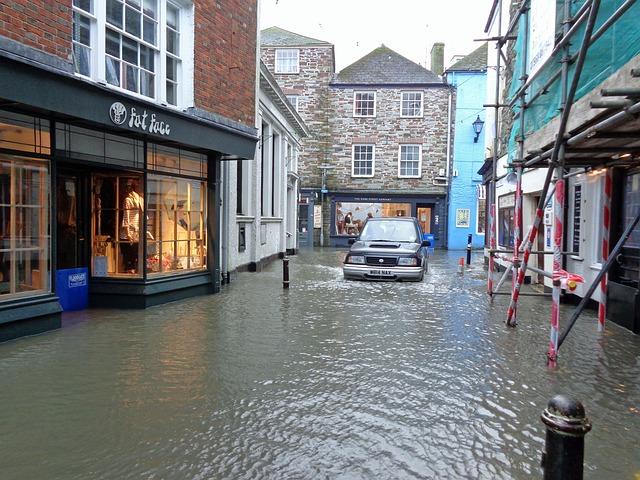When floodwaters hit your home, the clock starts ticking.
The first 24 hours after water damage are the most critical, for safety, cleanup, and protecting your home from long-term problems like mold or structural damage.
If you live in a flood-prone area like Virginia, knowing what to do and what to avoid can make all the difference.
This guide walks you through the essential first steps after a flood, so you can move forward with confidence and minimize the damage.
1. Prioritize Safety First
Before you even step inside, check for hazards.
If you see water standing, turn off the electricity, but only if it’s safe to do so. Avoid entering if you suspect structural damage or gas leaks. And always wear protective gear: waterproof boots, gloves, even a mask if the air smells musty.
Floodwaters can carry bacteria, sewage, and sharp debris. Your safety comes first.
2. Document Everything Before Cleaning Up
It’s tempting to start bailing out water and tossing ruined belongings. But first, grab your phone.
Take clear photos and videos of every damaged area: floors, walls, furniture, and appliances. Open drawers and cabinets. Snap close-ups of any standing water and damaged items.
This documentation helps with insurance claims and gives your flood and water damage restoration company a clearer view of the situation.
3. Start Drying Out, Fast
The longer water sits, the more damage it causes.
Open windows and doors to improve airflow (if weather permits). Use fans, dehumidifiers, and even towels to begin the drying process. Remove wet rugs, cushions, and anything that’s soaking up moisture.
But don’t rip up carpets or knock down drywall just yet, let professionals assess what’s salvageable. DIY demolition can lead to unnecessary repairs or worse, hidden mold.
4. Protect What You Can
Move undamaged furniture and valuables to a dry area. Prop up wet cushions, wipe down wooden surfaces, and place foil or wood blocks under furniture legs to prevent staining or warping.
If you have expensive electronics or heirlooms in the affected area, try to remove them safely. But don’t take risks. Most items can be cleaned or replaced, but your well-being cannot.
5. Contact a Flood Damage Restoration Company in Virginia
Once immediate safety and cleanup are underway, call a local flood and water damage restoration expert. Timing matters, professionals have the tools and training to detect hidden moisture, prevent mold, and restore structural integrity.
In Virginia, where storms and flash floods are common, local teams understand regional challenges, from older basements to changing climate conditions. They can guide you through drying, decontamination, and repair, step by step.
6. Notify Your Insurance Company Quickly
Call your insurer as quickly as possible. Take photos of all the damaged items and provide them along with estimates for repair.
Ask what expenses are covered. Will they reimburse for temporary lodging? Will they send an adjuster?
Quick action will speed up your claim and show that you’re handling the situation responsibly.
7. Stay Alert for Mold (Even Days Later)
Mold can begin to grow in as little as 24 to 48 hours after flooding, especially in humid areas like Virginia.
Watch for musty odors, discoloration, or soft spots on walls and ceilings. Even after the surface gets dry, moisture can linger behind drywall and under flooring.
This is where professionals can help you. Restoration teams use thermal cameras and moisture meters to spot trouble before it spreads.
In the End, It’s About Recovery, Not Just Repair
Flood damage is overwhelming. But you’re not alone in it.
Your quick thinking in the first 24 hours lays the foundation for a smoother restoration journey. And working with trusted flood and water damage restoration professionals can make the difference between a months-long disaster and a managed recovery.
Because in times like these, you don’t just need a fix, you need a path back to normal.

